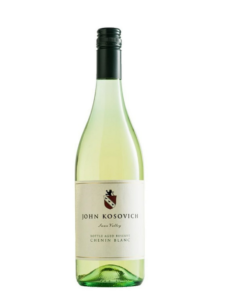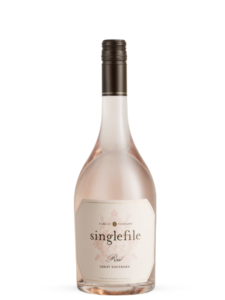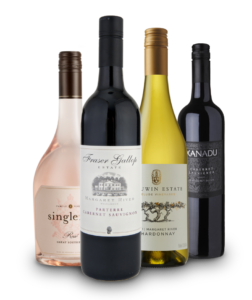SSB and SBS Wines in Western Australia
Sauvignon Blanc and Semillon are both distinct grape varieties with their own unique characteristics. While both grapes are frequently sold as single varietals, they are also commonly blended together to create dynamic wines, combining the best qualities of each. The two main blends, SSB (Semillon Sauvignon Blanc) and SBS (Sauvignon Blanc Semillon), offer distinct styles that highlight different aspects of these two popular varieties and we cover the differences between the two below.
In Western Australia, two popular white wine blends are commonly found: SSB (Semillon Sauvignon Blanc) and SBS (Sauvignon Blanc Semillon). While both blends combine two key grape varieties, they differ in the proportions and order in which the grapes are blended, resulting in distinct characteristics. Western Australian regions like Margaret River and the Great Southern are renowned for producing exceptional examples of these blends. Understanding the unique features of each wine can enhance your appreciation of these styles.
SSB (Semillon Sauvignon Blanc)
In the SSB blend, Semillon is the dominant grape, with Sauvignon Blanc playing a supporting role. Semillon is known for its texture, body, and ageing potential, while Sauvignon Blanc contributes vibrant acidity and aromatic intensity. The result is a wine that is typically fuller-bodied and more complex than an SBS.
SSB wines are characterised by a rounder mouthfeel and softer texture. The dominant Semillon imparts citrus, lemon zest, grass, and occasionally a hint of honeysuckle or toasted nuts. The Sauvignon Blanc adds fresh aromas of passionfruit, lime, and grapefruit, giving the wine a refreshing edge. On the palate, you can expect flavours of lemon curd, green apple, and even a subtle waxiness or savoury notes from the Semillon, balanced by the lively acidity from the Sauvignon Blanc. An SSB though can differ greatly depending on its age in bottle.
Food Pairings for SSB
The richness and texture of SSB wines make them excellent with a variety of dishes. Their complexity allows them to pair well with both delicate and bold flavours.
- Seafood: Grilled or roasted fish, such as snapper or barramundi, and shellfish like prawns or scallops work beautifully with the balance of acidity and texture.
- Cheese: Soft cheeses like goat cheese or creamy brie complement the wine’s creaminess, while a mild blue cheese pairs well with its herbal notes.
- Poultry: Lightly roasted chicken or turkey with citrus-based sauces or herb stuffing can harmonise with the wine’s citrus and herbal elements.
SBS (Sauvignon Blanc Semillon)
In the SBS blend, Sauvignon Blanc is the lead grape, with Semillon providing structure and texture. This combination is known for its vibrancy, aromatic intensity, and crisp acidity. In Western Australia, SBS wines often showcase the bright, fresh qualities that have made Sauvignon Blanc such a popular grape variety.
SBS wines are typically more aromatic, with prominent notes of gooseberry, grass, passionfruit, and lime from the Sauvignon Blanc. Semillon often contributes a touch of melon & stone fruit. On the palate, the wine is light to medium-bodied, with a vibrant acidity and fresh citus and tropical fruit flavours that are characteristic of Sauvignon Blanc, while the Semillon provides that fresh cut grass, crisp taste and some stone fruit. Depending on how much Semillon is blended will depend on if the wine can be bottle aged (cellared) Typically if it is 45% Semillon then it can age for 5 years, but a higher Sauvignon Blanc percentage would mean a more “drink now” style.
Food Pairings for SBS
The bright and fresh character of SBS wines makes them an excellent match for a range of dishes, especially those with bold, fresh flavours.
- Seafood: Oysters, grilled squid, or fish tacos pair well with the wine’s acidity and citrusy notes.
- Salads: A goat cheese salad with citrus dressing and fresh herbs complements the wine’s herbaceous and fruity flavours.
- Spicy Cuisine: SBS works wonderfully with Thai or Indian dishes, where the wine’s acidity and fruitiness balance the heat of spices like chili and ginger.
Conclusion
Both SSB and SBS blends offer distinct drinking experiences. SSB can be richer and fuller, with the Semillon adding depth and complexity, while SBS is typically crisper and more aromatic, with a zesty, fruit-forward profile. These blends thrive in Western Australia’s diverse climates, particularly in the Margaret River and Great Southern regions, where the terroir helps shape their unique characteristics. Whether you prefer the richness of SSB or the freshness of SBS, both blends offer versatile food pairing opportunities and are ideal choices for a wide range of occasions.




